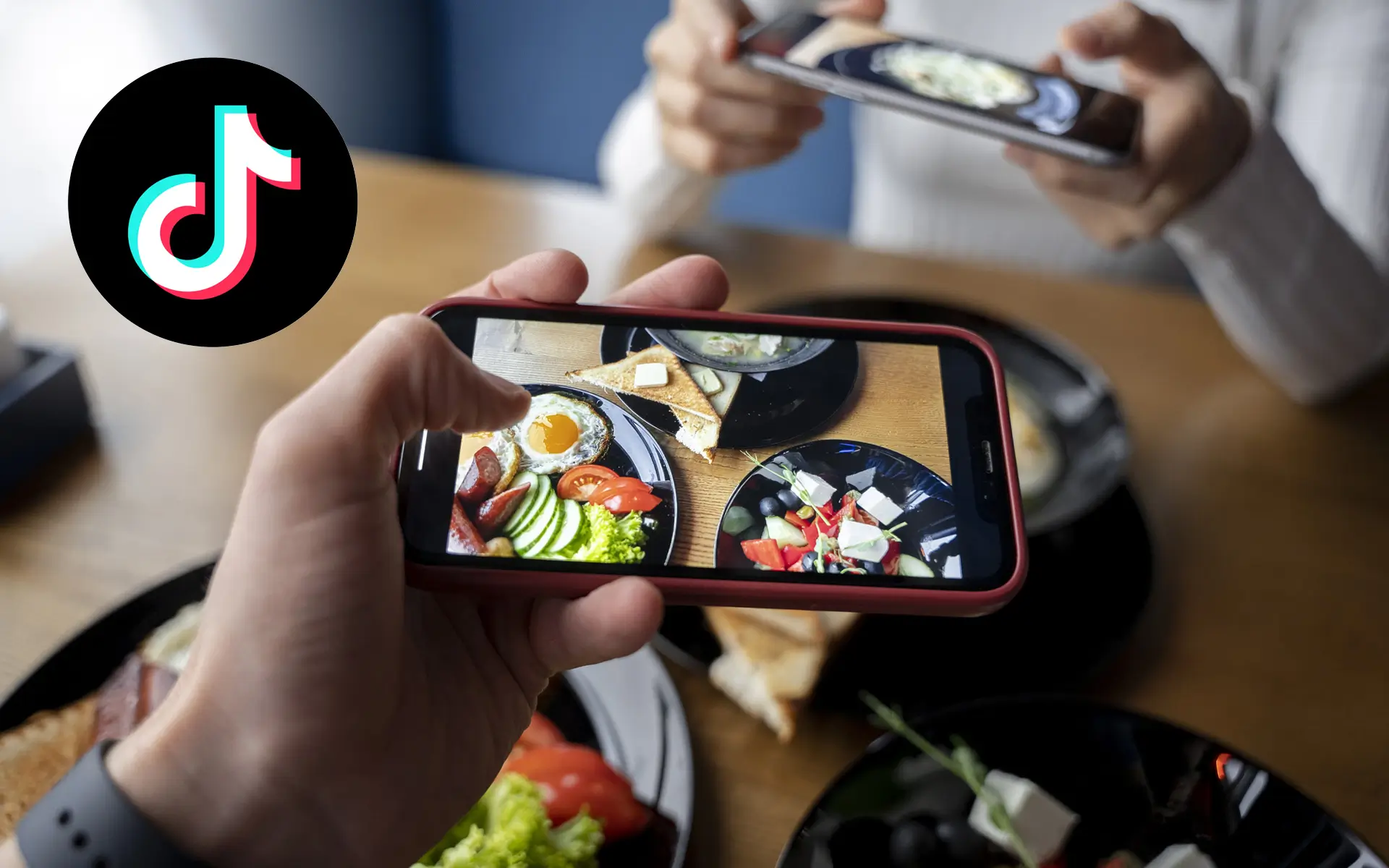TikTok Under Siege: The Latest Developments
The Government’s Push for a TikTok Ban
The U.S. government’s scrutiny of TikTok has been ongoing, fueled by national security concerns over its parent company, ByteDance, and its ties to China. On December 6, 2024, the U.S. Court of Appeals for the D.C. Circuit upheld a law requiring ByteDance to divest its U.S. operations by January 19, 2025, or face a complete ban.
This ruling aligns with previous bipartisan efforts to address concerns about data privacy and potential influence from the Chinese government. TikTok’s appeal for a Supreme Court review highlights the company’s argument that the ban infringes on free speech rights and could harm its 170 million U.S. users. With President-elect Donald Trump, an outspoken critic of TikTok, taking office on January 20, 2025, the platform’s future remains uncertain.
TikTok’s Role in Digital Marketing and Online Monetization
TikTok has become a cornerstone of digital marketing, especially for brands targeting younger audiences. Its short-form video format, advanced algorithm, and vast user base make it a powerful tool for businesses and creators alike.
Why TikTok Matters
- Audience Reach: TikTok boasts over 150 million active users in the U.S., making it an indispensable platform for businesses and creators to connect with audiences.
- Engagement: TikTok’s algorithm excels at serving content tailored to individual preferences, leading to higher engagement rates compared to other platforms.
- Monetization Opportunities: Features like TikTok Creator Fund, live streaming gifts, and partnerships with brands allow creators to generate income directly on the platform.
Industries Most Affected
- Retail and E-commerce: TikTok has revolutionized social commerce by enabling seamless shopping experiences through its in-app shopping features.
- Entertainment: Musicians, filmmakers, and artists rely on TikTok to promote their work and reach global audiences.
- Small Businesses: Local businesses use TikTok’s affordable advertising options to increase visibility and drive sales.
Ramifications of a TikTok Ban
For Businesses
A TikTok ban would disrupt marketing strategies, forcing businesses to reallocate resources to other platforms. TikTok’s unique algorithm and user engagement capabilities make it difficult to replicate its success elsewhere, leading to increased competition on platforms like Instagram Reels and YouTube Shorts.
- Higher Advertising Costs: As businesses shift budgets to alternative platforms, ad prices are likely to rise due to increased demand.
- Audience Fragmentation: Losing access to TikTok’s concentrated user base could make it harder to reach specific demographics.
- Content Strategy Overhaul: Businesses would need to adapt their content to suit the nuances of other platforms, which might not perform as effectively as TikTok.
For Content Creators
Creators who rely on TikTok for income and visibility face significant challenges if the platform is banned. The transition to new platforms can be time-consuming and may lead to a loss of followers and engagement.
- Income Loss: Many creators earn money through TikTok’s monetization features and brand partnerships, which would vanish with a ban.
- Platform Migration: Building a following on alternative platforms requires time and effort, especially for creators who have tailored their content specifically for TikTok’s format.
- Reduced Opportunities: A ban would shrink the ecosystem for short-form video content, limiting collaboration and promotional opportunities.
Opportunities Amidst the Uncertainty
While the potential loss of TikTok poses challenges, it also creates opportunities for marketers and creators to rethink their strategies and diversify their digital presence.
Alternative Platforms
- Instagram Reels: As Meta positions Instagram Reels as a TikTok competitor, businesses and creators can leverage its integration with Facebook and Instagram for broader reach.
- YouTube Shorts: YouTube’s focus on short-form video content offers a promising avenue, particularly for creators looking to tap into YouTube’s monetization features.
- Emerging Platforms: Platforms like Triller and Clapper are vying to fill the void TikTok might leave, offering new opportunities for early adopters.
Diversifying Digital Strategies
- Cross-Platform Presence: Businesses and creators should expand their presence across multiple platforms to reduce dependency on any single one.
- Email Marketing: Building an email list ensures direct communication with audiences, unaffected by platform restrictions.
- Owned Content: Investing in owned platforms like websites and blogs provides a stable foundation for long-term growth and monetization.
Leveraging Existing Platforms
- Pinterest and LinkedIn: Depending on the niche, platforms like Pinterest and LinkedIn can be valuable for reaching targeted audiences.
- Podcasting: Audio content offers an intimate way to engage with audiences and build a loyal following.
Adapting to a Post-TikTok Landscape

Tips for Businesses
- Analyze TikTok Data: Before the platform is potentially banned, analyze audience data to understand demographics, interests, and engagement patterns.
- Repurpose Content: Use successful TikTok content as a template for creating posts on other platforms.
- Experiment with Formats: Test different content formats, such as live videos, Stories, and longer-form videos, to see what resonates with audiences.
Tips for Creators
- Build a Community: Focus on fostering deeper connections with followers through interactive content, newsletters, or private groups.
- Collaborate with Brands: Partner with brands that have a presence across multiple platforms to ensure continued opportunities.
- Stay Agile: Keep up with digital trends and emerging platforms to stay ahead of the curve.
The Road Ahead
The future of TikTok in the U.S. remains uncertain, but businesses and creators have an opportunity to adapt and evolve. By embracing diversification and exploring alternative platforms, they can mitigate risks and continue to thrive in a dynamic digital landscape.
Ultimately, the potential TikTok ban underscores the importance of flexibility in digital marketing and content creation. For those who seize this moment to innovate, the disruption could become a catalyst for new opportunities and growth.



